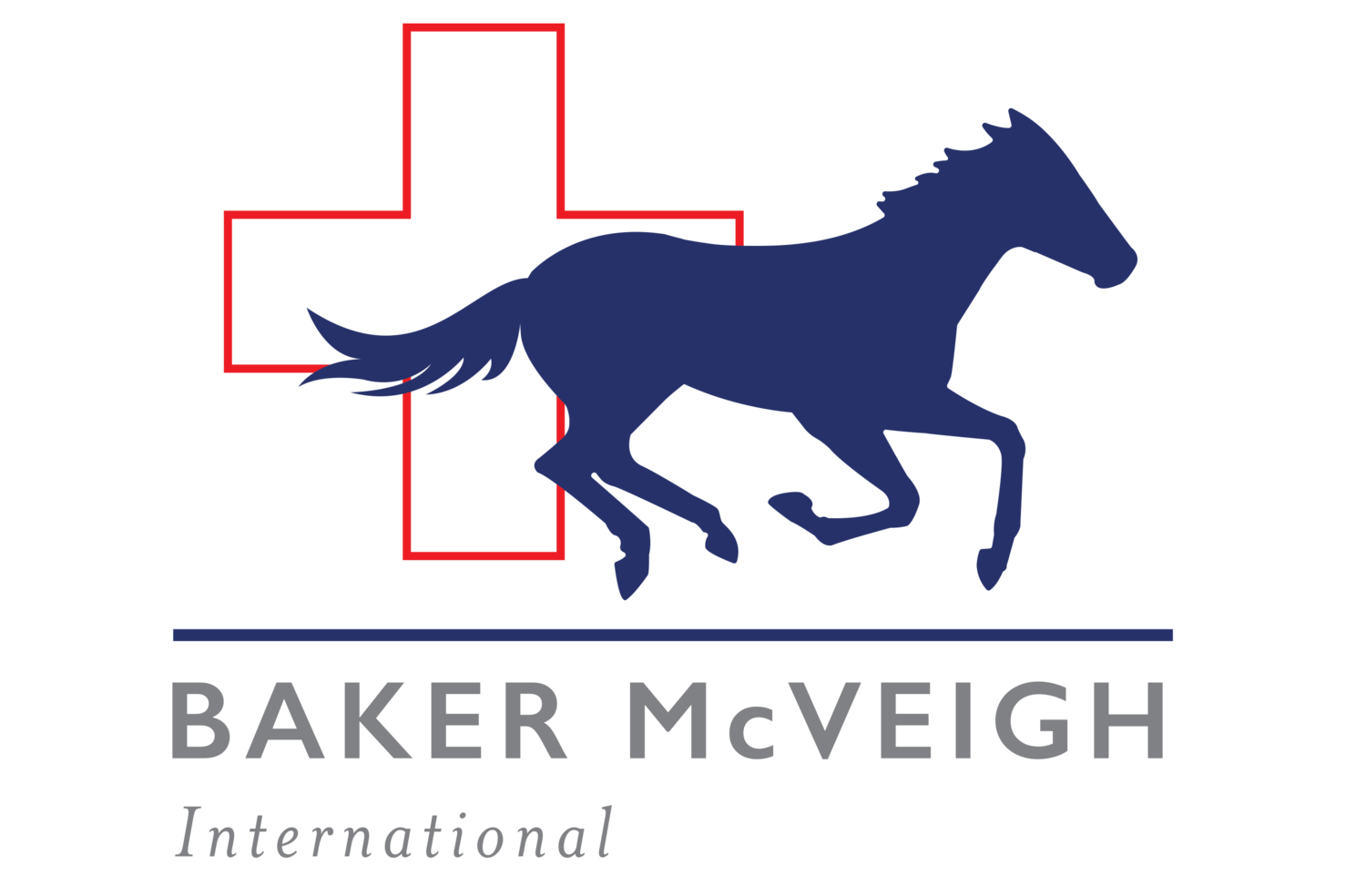Fourth Branchial Arch Defect
The upper airway is defined as all respiratory structures from the nose up to and including the extrathoracic trachea. Upper airway, obstruction may affect a horses’s performance or quality of life by interfering with ventilation during inhalation and exhalation. Alternatively, a change in airflow pattern or airway wall collapse may result in an abnormal upper respiratory noise. They are a number of upper respiratory conditions that can affect a horse performance and create a noise during exercise. In this article we will be giving an overview on an uncommon but important cause of upper airway dysfunction - ‘Fourth Brachial Arch Defect’
What is Fourth Brachial Arch Defect (4 - BAD)?
An upper respiratory condition that result from errors in the development (congenital) of the laryngeal cartilages and associated musculature. The equine larynx is thought to develop similarly to that of man, with the embryonic origins of the equine larynx forming from the fourth and sixth brachial arches.
Many of the equine larynx structures originate from the fourth brachial arch. These include the wing of the thyroid, crick-thyroid articulation, crick-thyroid muscles and the cricopharynxgeus and thyropharyngeus muscles. Any degrees of hypoplasia or aplasia of these structures can cause 4-BAD.
Diagnosis
• History
As with any condition, it is invaluable to get a history on the horses presenting signs. With 4 BAD, horses may present for evaluation of abnormal upper airway noise, exercise intolerance, poor performance, dyspnea, dysphagia or chronic colic.
• Physical Examination
Generally, a physical examination is unremarkable. However, laryngeal palpation reveals a unilateral or bilateral gap between the thyroid and cricoid cartilage.
• Resting Upper Airway Endoscopy
The classically described findings of fourth brachial arch defects include rostral displacement of palatopharyngeal arch and/or abnormal right arytenoid cartilage movement. However, abnormal left arytenoid cartilage movement, abnormal bilateral arytenoid cartilage movement, and dorsal displacement of the soft palate have been described in horses with 4-BAD.
Image 1
Image 1: Endoscopic image showing right-sided laryngeal dysfunction and rostral displacement of the palatopharyngeal arch (RDPA).
• Dynamic Respiratory Scope
Dynamic upper airway endoscopy may confirm abnormal arytenoid movement. The affected arytenoid cartilage may collapse into the airway or simply maintain a partially abducted position while failing to achieve full abduction. Rostral displacement of the palatopharyngeal arch may be constant, intermittent or absent. In addition to the classical described findings, a variety of upper airway abnormalities have been diagnosed during dynamic upper airway endoscopy.
Due to the varying degrees and ways in which horses are clinically affected by this condition, a dynamic upper airway examination is extremely helpful in determining the particular anatomic structures contributing to airway obstruction and/or noise production during exercise.
Image 2
Image 3
Image 2: Dynamic endoscopic image showing a horse with a right-sided 4-BAD. Axial collapse of the right vocal fold (and a mild degree of left vocal fold collapse) and semi-abduction of the right arytenoid cartilage were noted.
Image 3: Dynamic endoscopic image both arytenoids are noted to be completely abducted but dynamic RDPA is present.
• Diagnostic Imaging
Radiography, ultrasonography, magnetic resonance imaging (MRI) and computed tomography (CT) have all been used to assist with the diagnosis of the condition.
Radiography - a standard lateral (side on) projection of the equine larynx is most useful. The rostrally displaced palatopharyngeal arch can be seen on some views. It is described as a tear drop shaped soft tissue opacity. The prescience of aeryoesophagus can be determined in some cases.
Image 4
Image 4. Radiographic image showing area in the oesophagus (arrow)
Ultrasonography - the use of diagnostic laryngeal ultrasonography is well described for cases of recurrent laryngeal neuropathy (roarers) and in recent years it has been used in the diagnosis of laryngeal dysplasia (4 BAD). This diagnostic modality is thought to provide similar anatomical information to magnetic resonance imaging (MRI).
The other two mentioned imaging modalities which can be used to provide a definitive diagnosis, although through palpation, resting endoscopy, overground endoscopy and ultrasonography a diagnosis should be readily reached.
Treatment
Currently, no treatment exists to restore normal anatomy to an affected animal, as is typical for a congenital defect. Many of the less severe clinical manifestations of the syndrome can be treated. For example dynamic collapse of the vocal folds and/or aryepiglottic folds could be effectively treated by laser resection.




